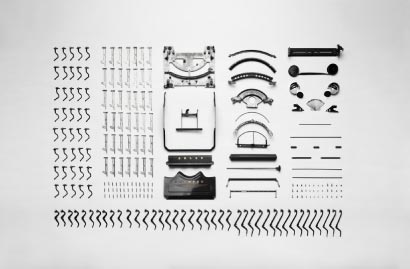ACH stands for Automated Clearing House. This bank-owned network is an electronic fund transfer (EFT) system used by nearly every bank in the United States and accommodates quick and safe bank-to-bank transactions at a lower cost than most online credit card transactions. Already one of the largest payment systems in the world, the popularity of ACH payments continues to rise with the move to automated online payments and recurring billing. So who are the players and what are the roles they play in ACH payment processing? Let’s take a look.
Who regulates ACH payments?
NACHA (formally known as The National Automated Clearing House Association) is the nonprofit association that manages the development and administration of the ACH Network. More than 10,000 financial institutions are represented who’ve applied either directly or through one of 17 regional payment associations. NACHA’s primary role is making the rules that bind the ODFIs, the RDFIs and the ACH Operators. Under the governance of NACHA and supervision of the Federal Reserve, the ACH Network remains one of the largest, most efficient and safest payment systems in the world.
Where does my organization and my donors or customers fit in?
The Originator is any individual, corporation, or other entity that initiates ACH transactions. For instance, if you offer online giving and accept eChecks, then you are the Originator. You can use a Third Party Processor (TPP) for processing on your behalf, or you can submit transactions directly to the ODFI. As the Originator, you agree to be bound by the rules established by NACHA.
The Receiver would be your donor or customer. Any individual, corporation, or other entity who has authorized an Originator to initiate a credit or debit entry to a transaction account held at an RDFI is known as the Receiver.
What are ODFIs, RDFIs and TPPs?
The Originating Depository Financial Institute, or ODFI, is a participating financial institution that originates ACH entries at the request of and by agreement with its customers. An ODFI can work behind the scenes using Third Party Processors as the front-end, or they may be worked with directly for ACH processing. For instance, your bank might offer automatic bill-pay services.
The RDFI is the Receiving Depository Financial Institution. Any financial institution qualified to receive ACH entries and who agrees to by bound by The NACHA Operating Rules can be an RDFI. This could be your donor or customer’s bank.
A TPP is a Third Party Processor, or an entity other than the Originator, ODFI, or RDFI who performs any function on their behalf with respect to the processing of ACH entries. CashLINQ is considered a TPP as they provide ACH processing along with online giving and payment solutions.
So who actually moves the money?
ACH Operators are central clearing facilities through which financial institutions transmit or receive ACH entries and move the money between ODFIs and RDFIs. The Federal Reserve and the Electronic Payments Network (EPN) act as ACH Operators.
Now that you know the parties involved in ACH, you can better understand the ACH Process. For more information on ACH, check out our White Paper ACH Processing: An Overview for Ministries and Nonprofits or visit the NACHA website.

